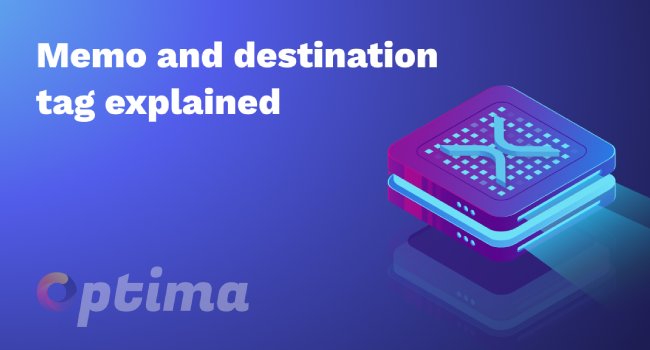The issue of coins depends on the rules set by the developers of the project. Coins can be issued all at once (full volume) or come into circulation gradually. In the second case, the generation of new coins depends on the consensus protocol. Obtaining coins in the system based on the Proof-of-Coin algorithm. This method of coin mining is fundamentally different from traditional mining.
Features of cryptocurrency forging
The first digital currency, bitcoin, is mined in the process of solving a cryptological problem. With each generated block, the complexity of the computation increases. This leads to increased energy consumption (in 2021, all miners in the world spent 121.36 TWh to mine bitcoins).
In 2012, technology was proposed that also enables the generation of distributed ledger blocks to confirm transactions, receive new coins and keep the network operational. At the same time, the cost of electricity became minimal. Thus foraging was called “green mining”.
How it works
The mechanism of forging new coins is based on the fact that the ownership of digital currency tokens is confirmed. At the same time tokens can not be moved, that is, they must be frozen. The size of the reward for forging is determined by the size of the share held by the cryptocurrency subject in relation to the total pool.
Using an example, you can think of it this way. An entity reserves 100 coins for foraging, and there are 1,000 coins involved in the network at the time. After generating a new blockchain element, he will receive 10% of the reward (the total amount is formed from transaction fees).
Difference from mining
Cryptocurrency forging uses coins that are already mined and, by confirming transactions, the forager receives a reward. This is one of the fundamental differences between this method and mining.
MINING vs FORGING
Used in systems with the PoW consensus protocol – Based on the Proof-Of-Stake (PoS) algorithm.
Large initial capital to buy equipment is needed to make the process profitable – Low entry threshold, the main cost is share formation
Miner needs to constantly monitor the equipment and software – The forging process does not require the forger’s participation and attention: everything happens automatically
High energy costs – Power requirement is limited by Internet connection
New coins are generated by solving cryptological problems – Nodes add new blocks, confirming coins in the account
Reward for adding a block is fixed – The amount of reward depends on the number of “frozen” coins
PoS and PoW
To operate a cryptocurrency network and protect it from hacker attacks, a certain algorithm – the consensus protocol – must be followed. It is a set of rules based on which a new blockchain element is identified and added to the chain. In addition, network nodes can validate transactions and make them final (cannot be undone).
The first bitcoin digital currency is based on the Proof-of-Work (PoW) protocol. Miners on their equipment connected to the Internet solve a cryptological problem. The answer is compared to the system template. If the results match, the block is added to the distributed registry, and the performer receives a reward.
In the beginning (since 2008), it was possible to use a home computer processor or video card to mine bitcoins. As the size of the blockchain and the number of miners increased, the complexity of the task grew. In 2022, for the work to be profitable, one must use a system of powerful video cards or ASIC (a special integrated device), which is called a “farm”.
The main disadvantage of coin mining, using PoW, was the high consumption of electricity. It became necessary to develop a new protocol. The solution was found in 2011: on the BitcoinTalk forum the idea of consensus PoS (Proof-of-Stake) was suggested. A year later, a new coin using this protocol appeared – Peercoin (PPC).
With the introduction of the Proof-of-Stake consensus, the way coins were mined also changed. Now a user was rewarded for adding a new block to the chain, not for solving a problem, but for his share of coins in the total amount of cryptocurrency. That is, if someone owns 5% of a digital asset, he would be able to confirm 5% of transactions. The variability in the size of the reward is another difference from PoW mining, where the value is fixed.
Advantages and disadvantages of foraging
The advent of cryptocurrency using the Proof-of-Stake consensus has led to an increase in the number of people mining tokens. Before that, many people didn’t want to mess with classic mining. There wasn’t the right knowledge, the equipment cost a lot of money, plus the constant cost of electricity. Cryptocurrency foraging solved most of these problems, but the method also has drawbacks.
Perspectives forcing
Due to its simplicity and the absence of additional costs (for computing equipment), mining is becoming more popular. Because of this, new people are becoming interested in cryptocurrency, which helps accelerate the integration of blockchain technology into everyday life. In addition, the PoS consensus protocol provides more opportunities for the growth of the virtual money ecosystem (Ethereum has moved to this algorithm). Therefore, forging technology will evolve as an alternative to mining
Conclusion
Minting is attractive because of its simplicity. To generate income, there is no need to buy expensive equipment, control its operation, and spend money on maintenance. It’s enough to choose a promising digital currency, buy the necessary amount of coins, put them into an electronic wallet (or use the services of a cryptocurrency exchange) and start the forking process.
The Share Confirmation algorithm appeared after Proof-of-Work. The developers took into account all the shortcomings that were found in bitcoin mining and offered a convenient and multifunctional protocol. Therefore, it can be argued that the method of forging is more efficient, rational, and accessible than the classic mining of coins based on the Proof-of-Work algorithm. Some people think that profits from cryptocurrency forging cannot be compared to those from the traditional method. This is not quite true: if you lock in the money that the miner will spend to set up the farm, the commission amount will be substantial.









